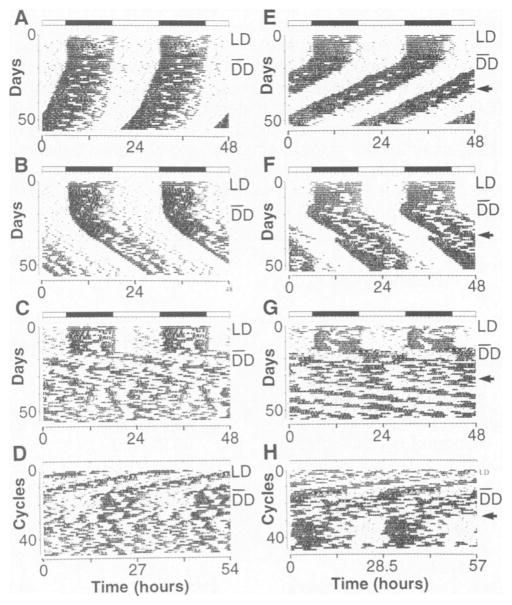Fig. 2. Circadian activity records of F2 generation mice.
The activity LD records of six F2 offspring [B6 F DD A to D; (BALB × B6)F2, E to H] are shown. All animals were kept on LD12:12 for the first 7 to 10 days illustrated, then transferred to DD on the day indicated by a line in the right margin. (A) Activity record of a wild-type B6 F2 mouse. This animal had a period of 23.6 hours in DD. (B) Activity record of a heterozygous Clock/+ B6 F2 mouse. This animal had a period of 24.8 hours in DO. (C) Activity record of a homozygous Clock/Clock B6 F2 mouse. This individual had a period of 27.1 hours for the first 10 days in DD. There is a loss of circadian rhythmicity thereafter and only an ultradian rhythm is apparent. (D) The same activity record as illustrated in (C), plotted on a 27-hour time base. The approximately 27-hour periodicity during the first part of exposure to DD appears as vertically aligned activity bouts. (E) Activity record of a wild-type (BALB × B6)F2 mouse. This individual had a steady-state period of 23.1 hours in DD. A 6-hour light pulse was given on the day indicated by an arrow, resulting in a 1-hour phase advance in the activity rhythm. (F) Activity record of a heterozygous Clock/+ (BALB × B6)F2 mouse. This individual had a steady-state period of 24.7 hours in DD. A 6-hour light pulse was given on the day indicated by an arrow, resulting in a 3.3-hour phase advance in the activity rhythm. (G) Activity record of a homozygous Clock/Clock (BALB × B6)F2 mouse. This animal had a long period during the initial interval in DD, which damped out after about five cycles leaving an ultradian pattern. After a 6-hour light pulse indicated by the arrow, a period of 28.2 hours was observed, which then persisted for at least 15 cycles. (H) The same activity record as illustrated in (G) plotted on a 28.5-hour time base to show the transient restoration of a long periodicity after the light pulse by vertically aligning activity bouts.

